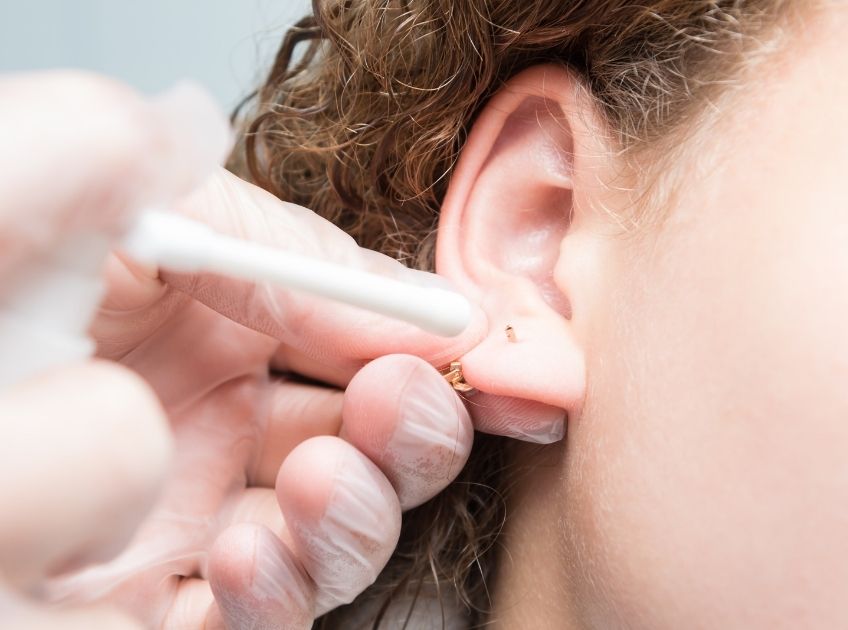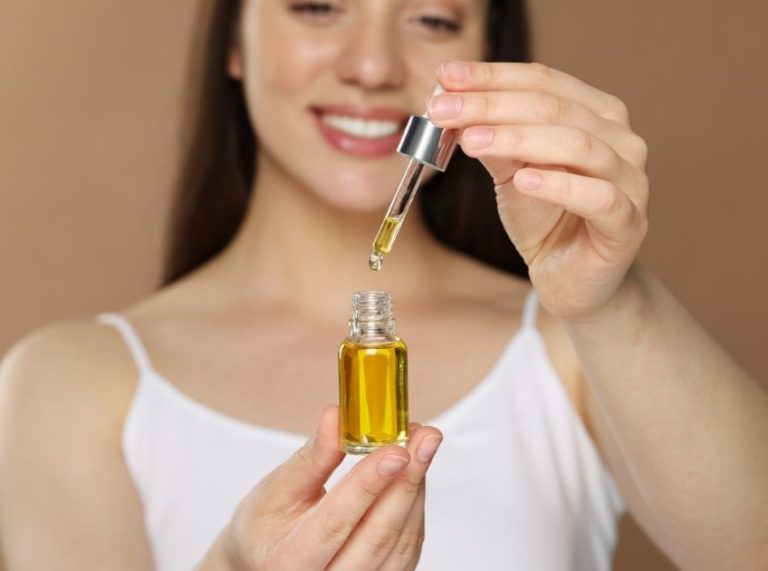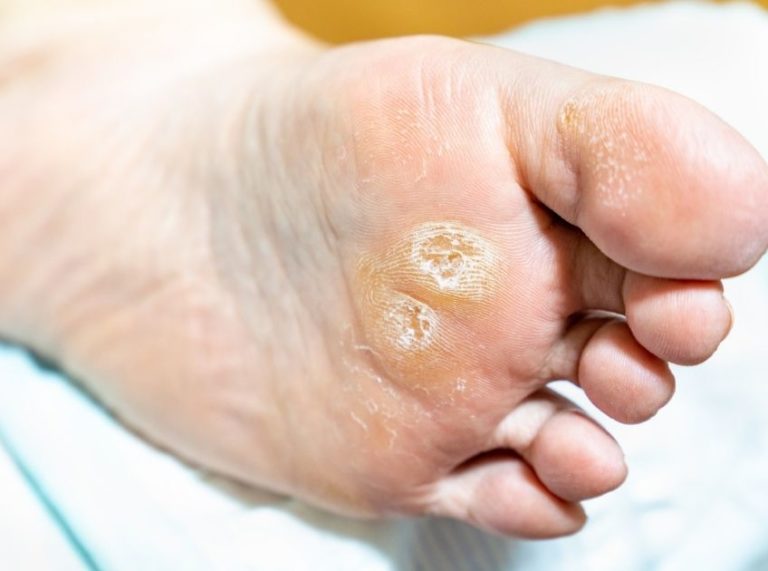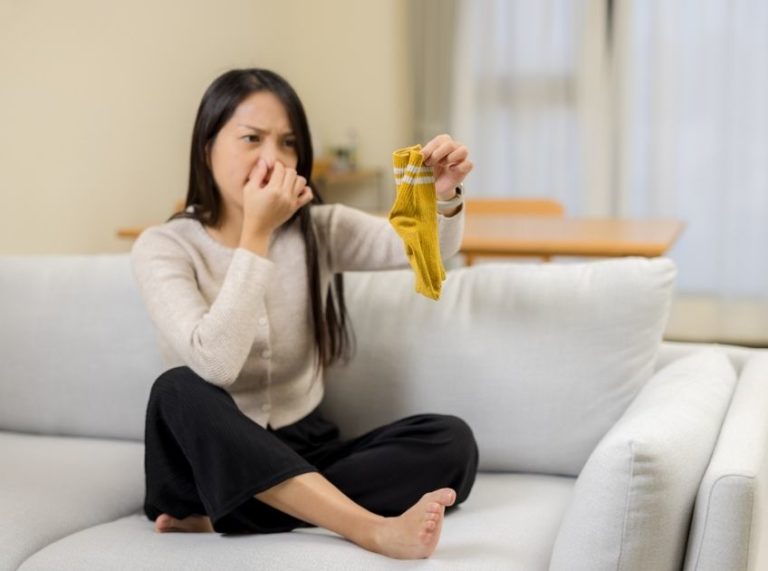
Important: This article is for informational purposes only. Please read our full disclaimer for more details.
Getting your ears pierced is an exciting form of self-expression, but once the jewelry is in, the real work begins — aftercare. A new ear piercing is essentially a small open wound that needs time and proper care to heal completely.
Typically, earlobe piercings take 6–8 weeks to heal, while cartilage piercings may take 3–6 months. During this period, bacteria, irritation, or friction from hair, clothes, or headphones can easily lead to infection if the area isn’t cared for properly. Fortunately, several gentle and effective home remedies can help speed up the healing process while reducing redness, swelling, and discomfort.
Let’s explore how to naturally heal your new piercing — the right way.
Article Contains
7 Tried-and-True Home Remedies for Faster Ear-Piercing Healing
Caring for a new ear piercing doesn’t have to involve harsh products or frequent trips to the clinic. With the right home remedies, you can help your piercing heal naturally — while minimizing pain, redness, and infection risk. Below are seven expert-approved, evidence-based remedies that are safe, gentle, and effective.
1. Saline Solution Soaks (The Gold Standard for Piercing Care)
A saline solution is the simplest and safest method for cleaning a new piercing. It mimics your body’s natural fluids and helps clear out bacteria, dried lymph, and debris without disrupting the healing process.
Benefits:
- Keeps the area clean and hydrated
- Reduces inflammation
- Speeds up wound healing
How to use:
- Mix ¼ teaspoon of non-iodized sea salt with 1 cup of warm distilled or boiled (then cooled) water.
- Soak a clean cotton pad or gauze in the solution.
- Gently press it against the piercing for 5–10 minutes.
- Repeat twice daily — morning and evening.
- Allow the piercing to air dry afterward (avoid wiping with towels).
Scientific Note: According to the Journal of Wound Care (2018), saline rinses provide an optimal healing environment by preventing bacterial growth and maintaining skin moisture balance (1)(2).
2. Cold Compress to Reduce Swelling and Pain
In the first few days, your piercing may feel sore or swollen — completely normal! A cold compress helps minimize swelling, soothe pain, and prevent fluid buildup naturally.
Benefits:
- Reduces inflammation
- Numbs mild pain
- Promotes faster healing
How to use:
- Wrap ice cubes in a clean soft cloth or use a gel ice pack.
- Hold gently on the affected area for 5–7 minutes at a time.
- Repeat every 3–4 hours on the first day if swelling persists.
- Never apply ice directly to the skin — it can cause tissue damage.
Research Insight: Studies in Clinical Rehabilitation (2020) highlight that cold therapy helps control localized inflammation and accelerates tissue recovery in small wounds (3).
3. Chamomile Tea Compress for Soothing Relief
Chamomile is well-known for its anti-inflammatory and antibacterial benefits. It’s an excellent natural remedy for calming irritation, reducing redness, and promoting cell repair.
Benefits:
- Calms itching and irritation
- Fights bacteria naturally
- Promotes tissue regeneration
How to use:
- Steep 1 chamomile tea bag in hot water for 3–4 minutes.
- Let it cool slightly until it feels warm, not hot.
- Press the tea bag gently on your piercing for 5–10 minutes.
- Use once or twice daily after cleaning the area with saline.
- For extra relief, alternate between chamomile compresses and cold compresses.
Science Fact: Chamomile contains bisabolol and flavonoids, compounds shown in Phytotherapy Research (2019) to promote wound healing and soothe inflammation (4).
4. Coconut Oil for Moisturizing and Natural Protection
Virgin coconut oil is a natural antimicrobial and anti-inflammatory moisturizer. It forms a protective barrier over the skin, keeping bacteria out while maintaining softness.
Benefits:
- Prevents dryness and flaking
- Reduces redness and irritation
- Protects from infection
How to Use:
- Clean the piercing with saline first.
- Take a small drop of cold-pressed virgin coconut oil on a cotton swab.
- Gently dab around the piercing — avoid inserting oil into the hole.
- Do this once daily or every other day.
Scientific Insight: A 2019 review in the Journal of Traditional and Complementary Medicine found that coconut oil helps reduce microbial contamination and supports natural skin healing without irritation (5).
5. Tea Tree Oil (Used with Caution and Care)
Tea tree oil is a powerful natural antiseptic that can help manage minor infections, pus formation, or excessive discharge. However, it’s potent — and must be diluted before applying to the skin.
Benefits:
- Antibacterial and antifungal
- Reduces discharge and minor infections
- Prevents bacterial buildup
How to Use:
- Mix 1 drop of tea tree oil with 1 teaspoon of carrier oil (like coconut or jojoba oil).
- Dip a clean cotton swab into the mix.
- Gently apply it around (not inside) the piercing.
- Use once daily for mild irritation or infection.
Study Note: Research in the International Journal of Dermatology supports tea tree oil’s ability to fight Staphylococcus aureus, a common cause of piercing infections — but always patch-test first to avoid allergic reactions (6).
6. Aloe Vera Gel for Cooling and Repair
Aloe vera’s soothing, cooling, and antibacterial nature makes it ideal for fresh piercings. It reduces inflammation, promotes collagen formation, and prevents dryness or scabbing.
Benefits:
- Cools irritation instantly
- Promotes faster skin repair
- Keeps the area moisturized and clean
How to Use:
- Extract fresh gel from an aloe leaf (or use 100% pure store-bought gel).
- Apply a thin layer over the piercing site.
- Leave it on for 15–20 minutes, then rinse with lukewarm water.
- Use once or twice daily.
Science Fact: A 2021 study in Molecules confirmed that aloe vera enhances collagen production and reduces inflammation, supporting its use for wound healing (7).
7. Practice Clean, Hands-Free Care Every Day
Beyond natural remedies, your daily habits determine how quickly your piercing heals. Maintaining hygiene and avoiding irritation is crucial for preventing infection.
Key Practices:
- Wash your hands thoroughly before touching your ears.
- Do not twist or remove the jewelry prematurely.
- Change pillowcases regularly to avoid bacteria buildup.
- Keep hair, headphones, and hats away from the piercing.
- Avoid swimming pools, hot tubs, and direct makeup application near the area.
Science Note: The American Academy of Dermatology emphasizes that 80% of piercing infections result from frequent touching or poor hygiene, not from the piercing itself (8).
| Remedy | Key Benefit | Frequency | Caution |
| Saline Soak | Cleans and promotes healing | 2× daily | Use non-iodized salt only |
| Cold Compress | Reduces swelling | As needed | Never apply ice directly |
| Chamomile Compress | Soothes irritation | 1–2× daily | Avoid if allergic |
| Coconut Oil | Moisturizes and protects | 1× daily | Use sparingly |
| Tea Tree Oil | Prevents minor infections | 1× daily | Always dilute |
| Aloe Vera Gel | Cools and repairs skin | 1–2× daily | Use pure gel |
| Hygiene Habits | Prevents complications | Daily | Avoid touching |
Frequently Asked Questions (FAQ’S)
1. How long does it take for a new ear piercing to heal completely?
A. Earlobe piercings usually heal within 6–8 weeks, while cartilage piercings (like the helix or tragus) can take up to 3–6 months. Healing time varies depending on your aftercare consistency and your body’s healing speed.
2. Should I remove the earring if my piercing looks infected?
A. Removing the jewelry can trap bacteria inside and close the wound, worsening the infection. Instead, keep it clean, use saline soaks, and see a professional piercer or doctor if swelling, pus, or severe pain persists.
3. Can I use alcohol or hydrogen peroxide to clean my piercing?
A. Avoid them. Both can dry out the skin, delay healing, and irritate the piercing site. Stick to saline solution or mild natural remedies like chamomile compresses or diluted tea tree oil.
Healing a new ear piercing takes patience, but with the right care, it can be smooth and infection-free. Focus on cleaning consistently, using natural soothers, and resisting the urge to touch or twist the jewelry.
Your body knows how to heal — all it needs is a clean, calm environment and a bit of support from these time-tested home remedies. Within weeks, you’ll not only have a beautiful piercing but also healthy skin to show it off.















